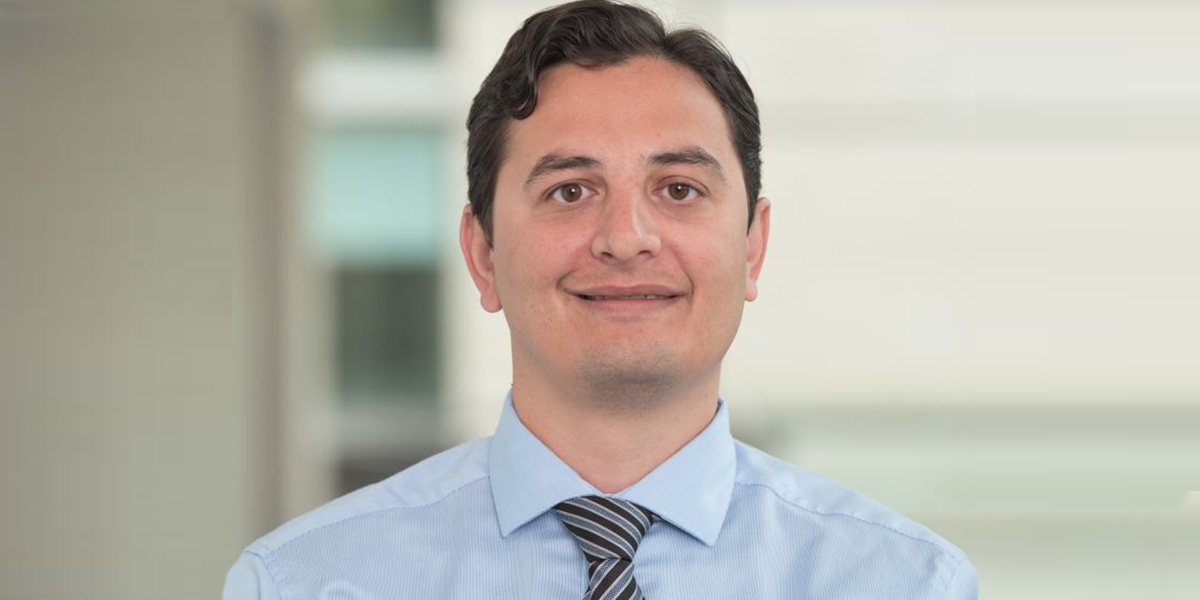This article is part of a series in The Hospital Leader written by members of the Division of Hospital Medicine at Dell Medical School at The University of Texas in Austin, exploring lessons learned from the coronavirus pandemic and outlining an approach for creating COVID-19 Centers of Excellence.
Like most of America, March brought more madness than we anticipated. The scope of the COVID-19 pandemic and the extent of our unpreparedness caught us all off-guard. In the face of rapidly changing public health directives, social and political mandates, scientific recommendations, and care delivery demands, hospitalists sprung to action. We improvised, adapted, and repurposed existing communication tools; refashioned multidisciplinary meetings; drew on community, outpatient, and subspecialty provider relationships; and crafted new data collection systems.
Our Division of Hospital Medicine at Dell Medical School (DMS) and our partner hospital, Dell Seton Medical Center (DSMC), applied these principles of quality science, patient safety, and complex systems redesign to build a care delivery model for COVID-19: a COVID center of excellence (COVID COE). Dell Seton Medical Center is part of the regional Seton hospital system in Central Texas, and a member of the national Ascension network. Our aim in this blog series is to engage existing ideas about the COE model, describe what this model entails for COVID-19, and share lessons learned in its development.
Any COE should achieve outstanding results for a defined population. Our DMS/DSMC patients with COVID-19 experienced impressive early outcomes. As our community’s only safety-net hospital, our patients presented with high risk for excessive morbidity and mortality. According to Vizient, our clinical acuity and complexity of care reached record highs from April to June 2020. Among our first 269 COVID-19 admissions, 9.8% were expected to die; only 4.1% did, resulting in a mortality index (observed-to-expected mortality) of 0.42. For all hospitals in Vizient, the average mortality index for COVID-19 patients was 0.89, and for academic centers it was 0.92. We achieved similar results for length of stay, with a local index of 0.86 compared to 1.11 for all hospitals.
These outcomes led us to carefully explore what structures, processes, and behaviors enabled this level of performance. A number of elements emerged that we believe are essential in building a COVID COE. Over the coming weeks, we will explore each of these in more depth. Through a series of articles in The Hospital Leader, we hope to generate – and share – what worked and the many lessons learned. In particular, our goal is to invite dialog around the essential functions of a COVID-19 Center of Excellence.
We will explore the domains we believe essential to a COVID COE model:
- Cohort a large proportion of patients with COVID-19, across the full spectrum and complexity of illness
- Adapt staffing models and develop novel workflows to optimally manage the specific needs of COVID-19 patients
- Integrate key specialties into routine multidisciplinary conferences focused on COVID-19 care
- Create structures to rapidly adjudicate and integrate emerging science into standardized clinical care delivery, including access to and discipline around selecting and deploying clinical and basic science trials within the organization’s bandwidth
- Foster a culture of collaboration and a commitment to extremely rapid (days to weeks) learning cycles
- Ingrain nimble, multi-directional communication rituals among frontline clinicians and across the organization
- Integrate learners into every possible facet of the COVID-19 care model
We aim to describe specific structures and practices for each of these facets, and to discuss the metrics which optimally assess individual and community health impact, including risk-adjusted mortality, length of stay, patient satisfaction, and return to health – especially for populations facing systemic health disparities during the pandemic. We also will reference pertinent literature.
Importantly, we believe the benefits of a COE model extend beyond impacts on patients and community and support satisfaction among physicians, nurses, and other members of the healthcare workforce through development of better organizational structures and a deeper sense of community, purpose, self-efficacy, and pride. Additionally, we anticipate COVID COEs will generate new leadership roles and quality improvement opportunities for hospitalists and other hospital-based clinicians.
This series will feature articles every couple of weeks written by members of our Division of Hospital Medicine at Dell Medical School. These providers cared for COVID-19 patients along with us and proactively led initiatives to improve care. From our collective experience the COVID-19 Center of Excellence model emerged. Together, with the insights of our colleagues from across the country, we can all plot a path forward built on a stronger foundation of excellence – for the next wave and for the long term.



Thank you! I look forward to learning as you learn and execute!
Great insights!